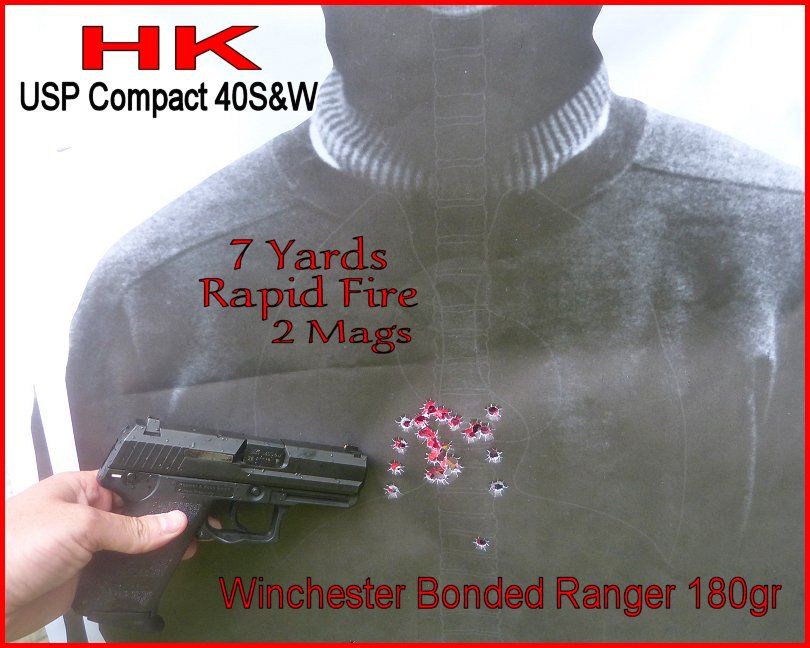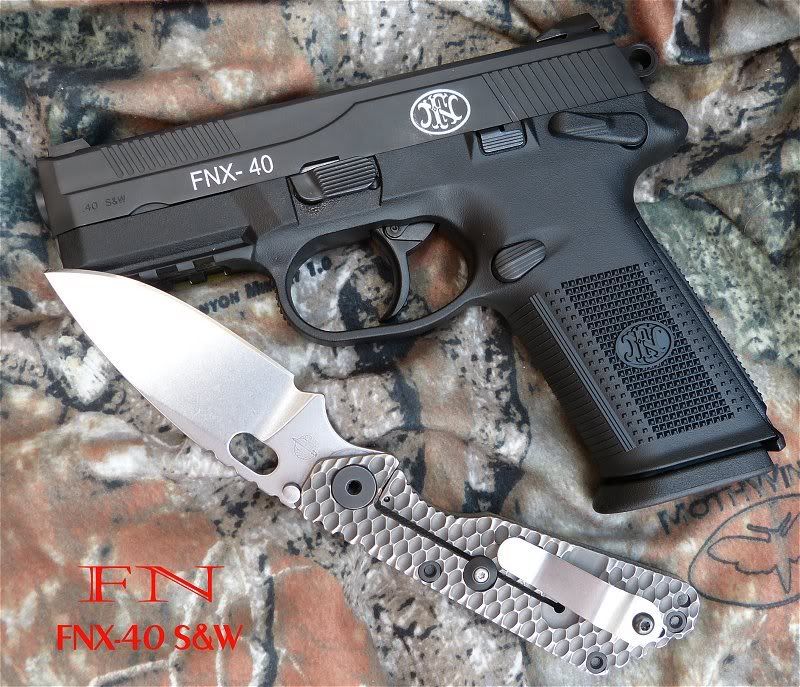... Uh, yes. Yes it does.
I'm genuinely not trying to be obstinate or insulting, but ...
No, it doesn't, and this has been validated by dozens of clinical examinations, in cases where the rounds are recovered. You are mistaking the difference between a potential effect (based upon the diameter of the projectile) vs. the actual effect on living tissue (which stretches quite a bit)
In many cases the the diameter of the wound channel is actually smaller than the diameter of the round ... because living tissue stretches. It's very much the case that two projectiles with different diameters create holes the same size ... as the tissue stretches out, deforms, and then returns to the same sized "hole" or wound. In order to produce different-sized wound channels the tissue needs to be stretched to a significantly larger size - to the point of causing a larger failure (tearing, etc.) of connective tissue.
This can be demonstrated in about 10 minutes in a lab on
living things, as gruesome as that may sound.
Alternately, you can do an experiment yourself which makes the point by analogy, assuming you aren't squeamish. Get a 14g needle and a 18g needle and poke yourself in the arm with both. The diameter of the needles are different, but not
enough for one to cause a bigger wound than the other. You'll even get identically-sized blood droplets on your arms. If you do the same test with a 18g and a 10g needle ... you'll see a difference, as the "delta" in diameter is great enough to cause more failure of tissue and ergo a larger hole.
It works the same way with handgun bullets. There isn't enough difference in diameter to cause the tissue to stretch and fail outside of a given range.
You'd get different results with paper, cardboard, wood, etc. ... any medium which does not stretch when penetrated. You can clearly see a difference between 9mm, .40S&W and .45ACP ... as they make neat (non stretching) holes in those media.
For all the valid arguments against the .40, this one is simply denying fact. .40 is bigger than .35 the same way .45 is bigger than .40. Flat out. Simply.
It's not denying any demonstrable fact regarding the effects on living tissue. You're simply confusing the potential with the actual.
You cannot simply take note of the "thing doing the wounding" without reference to the mechanism by which the wound is created, and the effects on "the thing being wounded".
Don't be stubborn. This is well-known science.
It's more of a difference than that number indicates. The amount of tissue damage is a function of the area of the leading edge of the bullet, which is Pi * R(squared). Since it's squared, the effect is larger than the simple diameter difference implies.
Also, unless you're only going to use FMJ, you'd need to compare the differences between properly expanded hollow points to be meaningful.
Measurements (and equations) of the projectile are simply expressions of a potential effect. The actual effect depends as much (or more) upon the thing being hit, as the thing doing the hitting. This is a basic metrological principle.
The proper point of comparison is not the projectiles, but the wounds created.
A comparison of actual wounds (decades of data by now) indicates that there is either no difference, or that any slight difference noted is insignificant given effects on physical incapacitation.



